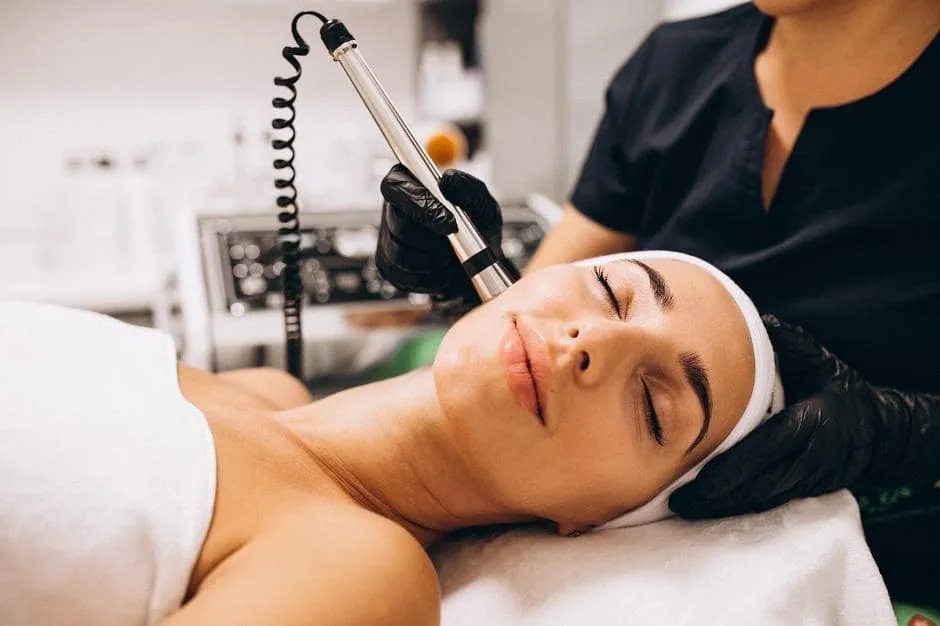A good daily skincare routine is necessary for maintaining healthy-looking skin. But once in a while, you should leave this task in the hands of the professionals. Moreover, consider it
A good daily skincare routine is necessary for maintaining healthy-looking skin. But once in a while, you should leave this task in the hands of the professionals. Moreover, consider it once a month.
Although you have plenty of choices when it comes to facial treatments, the main purpose of facials is – thorough cleaning of the skin, getting rid of impurities, and feeding with vitamins, minerals and nutrients. But before considering facial, make sure to choose the best facial treatment for you and speak to your esthetician about any concerns you may have.
If you are fit, a non-smoker, have genuine treatment objectives, and maintain good skin health, you should consider dermal fillers.
What are Dermal Fillers?
Fillers are a widespread and economical substitute for facial rejuvenation treatments. The products are gel-like substances, injected beneath the skin help revive youthful volume in your face. Dermal fillers can:
- Plump thin lips
- Improve shallow contours
- Soften facial creases and wrinkles
- Enhance the appearance of recessed scars
- Decrease the shadow of lower lids
Facial lines start to appear as we age due to our faces naturally lose subcutaneous fat. This causes a facial muscle to work closer to the skin surface. Additional factors that impact your facial skin include heredity, sun exposure, and personal lifestyle.
Today, you can find different types of dermal fillers, and the products vary based on factors like the longevity of the substance and chemical makeup. There are filler products for specific areas. Fillers are categorized by what makes up the substances and formulated to have texture, density, and injection depth.
Keep in mind that dermal filler cannot give you the same results as a surgical facelift. These are temporary and ongoing treatments are necessary for long-term results.
How to Prepare for Treatment?
Dermal filler injections are usually non-surgical treatment. Your treatment will begin with a consultation, where you meet with the expert to discuss your goals and concerns you may have about the procedure.
- During Procedure
Before the treatment, the aesthetician may give you a topical anesthetic to numb the area before injection. Many fillers products contain lidocaine, a mild anesthetic – intended to minimize discomfort during and after your treatment. The specialist will then inject a precise amount of filler strategically beneath your skin.
- After Treatment
After receiving filler injections, you will notice the results immediately. Some patients experience mild bruising and swelling, but these are temporary and subside over a few days following treatment.
You can resume daily activities right after treatment; however, it is better to take a day off from exercise and other strenuous activities. Your doctor should explain in detail the side effects, risks, and post-treatment care. Remember, maintaining good skin health will improve longevity.
If you are ready to receive dermal filler, make sure you select the best facial treatment center whose priority is to deliver quality care to patients in a comfortable and convenient setting.




